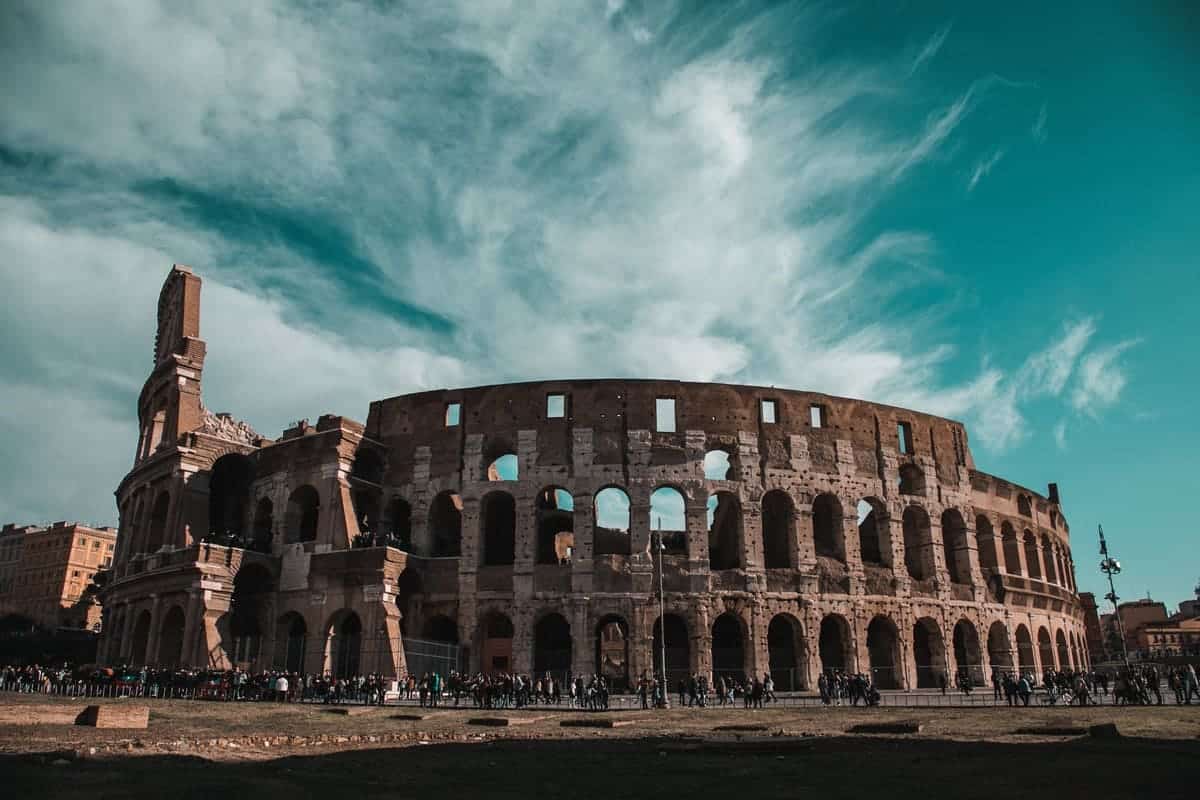Right after the start of the new year, it’s known that the mind, especially of the younger ones, rushes towards the next festive occasion. The desire to have fun remains unchanged, and the nearest opportunity for this is Carnival: a moment of joy at its fullest, as a historical and cultural expression of celebration par excellence. This occasion is celebrated more or less similarly from north to south of our country, with masks and costumes taking center stage. Central Italy, and above all the Roman capital, has much to offer from this perspective, boasting an already huge base of both tourists and citizens. Even more so during times of the year like Carnival, it increases, enriching the city of Rome with charm and colors.
Let’s then discover together the Roman Carnival, trying to understand what to do in the capital during this holiday, when it occurs, what are the relevant days in Rome and Lazio, and finally, some curiosities about the quintessential Roman mask, with over 300 years of history behind it.
When is carnival in Rome?
Let’s start our examination of the Roman Carnival by identifying the specific period it falls in, that is, when it is celebrated in Rome. It is known that Carnival is celebrated on the famous day of Fat Tuesday, which is forty days before Easter (Lent). Rome also adheres to this historically rooted rule associated with this eagerly awaited event by both adults and children. Costumes, masks, floats, and confetti spread throughout the municipalities of the capital, making it, if possible, even more joyful and crowded compared to normal days. The flow of people and tourists who flock to the site is extraordinary in itself, but it becomes even more so when it comes to festivals like the one in question.
When is carnival in Lazio?
Let’s move a bit more to a general discussion, then moving from Rome, the capital, to the Lazio region. In this territory, there is the Civita Carnival, which differs, albeit not much, from the traditional one. It is still based on parades of floats, the use of typical masks and costumes, and takes place in February of the year. Often starting from the 19th of the month and dragging on until the 23rd. Therefore, a series of themed days, and not just one day (Fat Tuesday), to give life to a series of events and manifestations where fun reigns supreme. Music, dances, parades, costumes among the most original and refined, belonging to the historical tradition of this festival and beyond.
What are the carnival days this year?
After examining when Carnival falls in Rome and in the hosting region, Lazio, let’s address a similar but more general question: what are the days of Carnival this year, 2024. Following the closure of the previous year, 2023, and the beginning of the current year, it’s time to look forward to the next festive occasion. Carnival, precisely (although there’s also Valentine’s Day before it), which goes from Monday, February 12, to Wednesday, February 14. This last day is usually recognized as Ash Wednesday, which follows Fat Tuesday. These are the points from which Lent unfolds, leading directly to Easter, which this year will arrive much earlier than expected, on March 31.
What happens during carnival in Rome and how to get there?
We briefly touched on this topic in the previous paragraph regarding the timing of the Roman Carnival and its reference days. At the heart of this Roman-style festivity are the dances, parades of floats through the city center and surrounding areas, and traditional costumes (such as Pulcinella, Colombina, Gianduja, etc.) as well as modern ones (inspired by contemporary cinema or TV series). Additionally, there are events involving the throwing of confetti and streamers, usually from the passing floats. Stages are also set up for concerts or small musical performances, dance, and public banquets. Indeed, Carnival brings not only unrestrained fun but also good food, as the last chance (according to religion) to indulge before Lent. For over four centuries, the Roman Carnival has been one of the most representative of the Lazio region and Italy. Often, when thinking of this festivity, Venice or Viareggio comes to mind, but historically, Rome also had much to offer from this perspective.
Numerous travelers from every corner of Italy and even from abroad used to flock and still do to the capital to celebrate this special time of the year. Nowadays, children are more the focus for the joy and carefreeness of Carnival, but in the past, it was also and especially felt by adults. Rugantino is the symbol of the Roman mask, indispensable during these mid-February days. It is often brought to the stage in the theaters of the “eternal city,” but is recognized and appreciated even beyond Rome’s walls, becoming a true emblem of the capital. Originally a puppet, Rugantino has evolved over historical epochs, transforming into a Roman icon also used in Carnival for faithful reproductions of costumes or floats. “Er bullo de Trastevere,” this is the nickname of the mask born around 1700, which in the cultural imagination of the place is accompanied by other two characters such as Nina and Meo Patacca. Many people choose to dress up as Rugantino for the occasion and bring this Roman symbol to life once more. Summarizing, it’s clear how Carnival in Rome perfectly unites historical tradition and modernity, with dances, songs, parades, floats, and costumes. All this is accessible to anyone interested in participating in this incredible event, which can also be reached by using NCC services in Rome (car rental with driver) with luxury cars and drivers to take us to our destination whenever and however we want.




